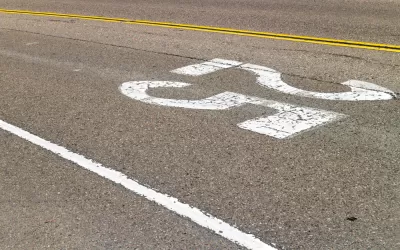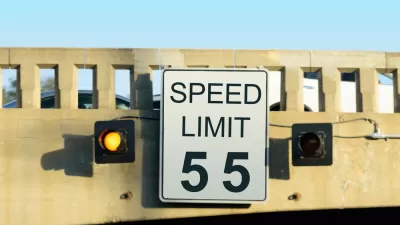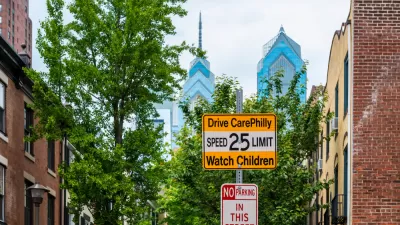Business Insider offers a platform for an argument favored by the National Motorists Association and a particularly vocal Michigan state police officer: that speed limits are too slow to be safe.

An article by Alex Mayyasi makes the case that the system by which the United States regulates the speed of vehicles is irrational and unsafe. That is, as the headline of the article states, "There's convincing evidence that speed limits are way too low."
Mayyasi cites Lieutenant Gary Megge of the Michigan State Police as a leading advocate in favor of higher speed limits. Lt. Megge's argument centers on the 85th percentile rule, which traffic engineers are supposed to use to determine speed limits, though speed limits are often set below that level. Thus, according to Lt. Megge, most drivers speed. In his own words, Lt. Megge describes why he thinks that's wrong:
“We all speed, yet months and months usually pass between us seeing a crash,” Lt. Megge tells us when we call to discuss speed limits. “That tells me that most of us are adequate, safe, reasonable drivers. Speeding and traffic safety have a small correlation.”
Going a step further, Lt. Megge believes that raising speed limits would make roads safer by putting an end to the tacit understanding that the speed limit is set too low. Mayyasi explains: "With higher speed limits, Megge says, police officers could focus their resources on what really matters: drunk drivers, people who don’t wear seat belts, drivers who run red lights, and, most importantly, the smaller number of drivers who actually speed at an unreasonable rate." Megge also says that the only way to lower speeds is through engineering choices: "It’s more expensive, but unlike changing the number on a sign, it’s effective," paraphrases Mayyasi.
FULL STORY: There's convincing evidence that speed limits are way too low

Alabama: Trump Terminates Settlements for Black Communities Harmed By Raw Sewage
Trump deemed the landmark civil rights agreement “illegal DEI and environmental justice policy.”

Planetizen Federal Action Tracker
A weekly monitor of how Trump’s orders and actions are impacting planners and planning in America.

The 120 Year Old Tiny Home Villages That Sheltered San Francisco’s Earthquake Refugees
More than a century ago, San Francisco mobilized to house thousands of residents displaced by the 1906 earthquake. Could their strategy offer a model for the present?

Indy Neighborhood Group Builds Temporary Multi-Use Path
Community members, aided in part by funding from the city, repurposed a vehicle lane to create a protected bike and pedestrian path for the summer season.

Congestion Pricing Drops Holland Tunnel Delays by 65 Percent
New York City’s contentious tolling program has yielded improved traffic and roughly $100 million in revenue for the MTA.

In Both Crashes and Crime, Public Transportation is Far Safer than Driving
Contrary to popular assumptions, public transportation has far lower crash and crime rates than automobile travel. For safer communities, improve and encourage transit travel.
Urban Design for Planners 1: Software Tools
This six-course series explores essential urban design concepts using open source software and equips planners with the tools they need to participate fully in the urban design process.
Planning for Universal Design
Learn the tools for implementing Universal Design in planning regulations.
Clanton & Associates, Inc.
Jessamine County Fiscal Court
Institute for Housing and Urban Development Studies (IHS)
City of Grandview
Harvard GSD Executive Education
Toledo-Lucas County Plan Commissions
Salt Lake City
NYU Wagner Graduate School of Public Service





























